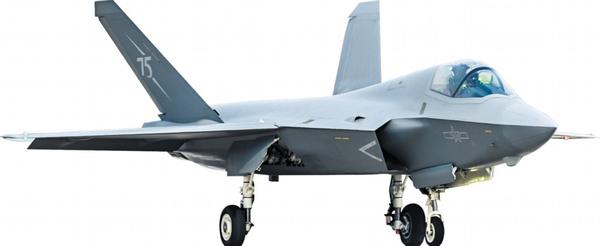
The J-35A involves Wang's research work. (CHEN XIAO/FOR CHINA DAILY)
After four years, he graduated in 1986 with a bachelor's degree and was immediately assigned to the Shenyang Aircraft Design and Research Institute, which was part of the then Ministry of Aviation Industry. With five other graduates, he was assigned to the general design team.
Even after 39 years, the memory of his first day at the institute still lives vividly in his mind.
"I remember clearly that the team's deputy chief said to me, 'Wang, please check this bomb manual and draw an outline of this type of bomb'. There were only vague pictures and some basic parameters in that manual, so I had to figure out how to make that outline with the resources available to me," he said.
"That was not easy, but I came to realize it was actually good homework for entry-level engineers like me to learn how to overcome difficulties and make things right," Wang said.
It was not long before he started to be given important tasks.
In the winter of 1986, Wang was sent to temporarily assist a senior designer at the institute who was responsible for researching the feasibility of a spaceplane. He displayed good skills and impressed the designer, who asked for the young man's formal transfer to the team.
In the spring of 1987, the second year of Wang's career at the institute, he was named leader of the spaceplane's pre-research team. He worked on the project until the early 1990s when a spaceplane was found to be far beyond China's technological and technical capabilities at the time.








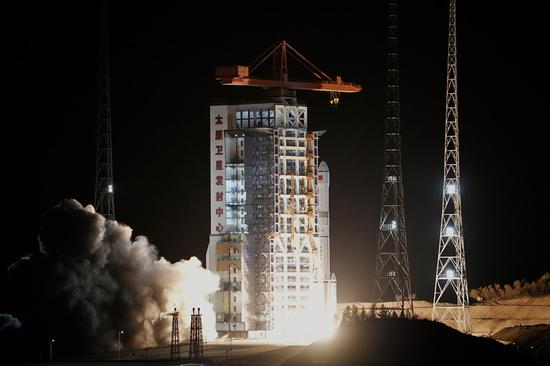
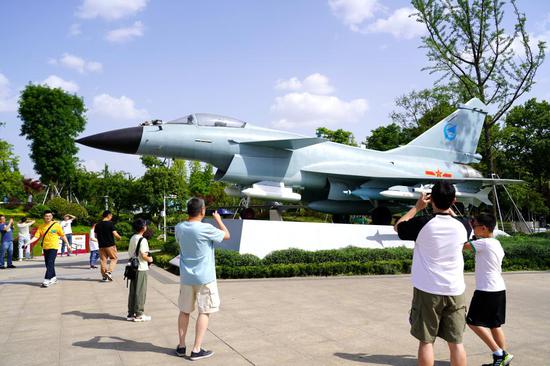
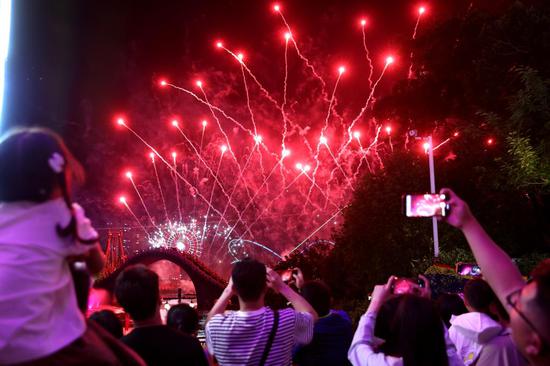

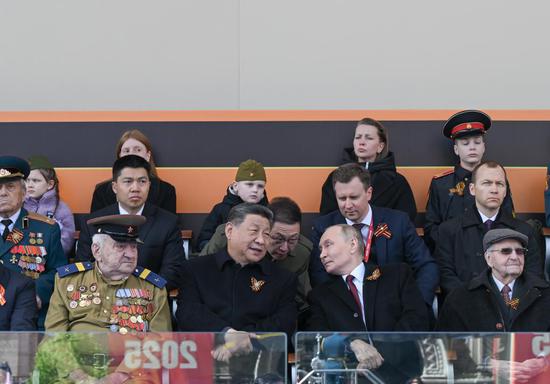
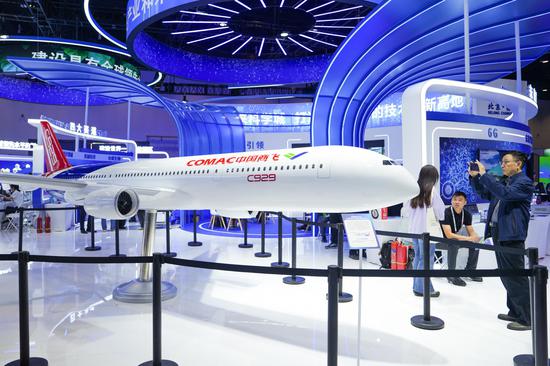
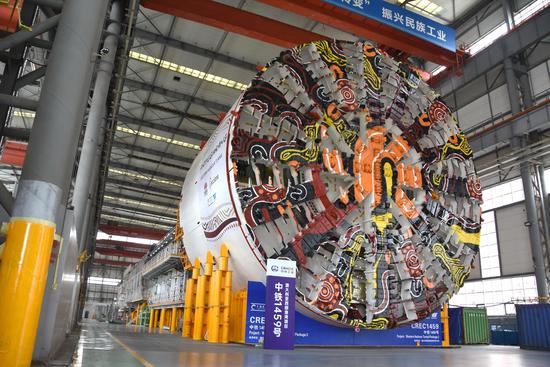
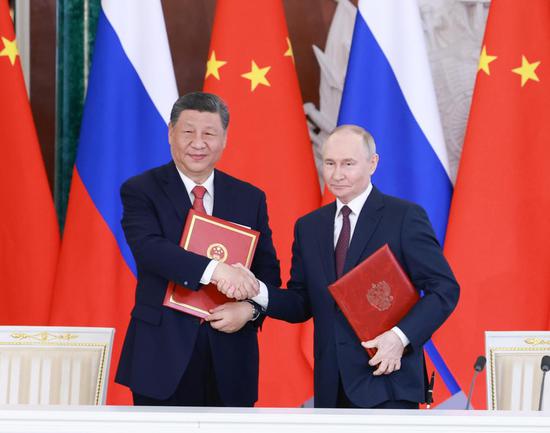
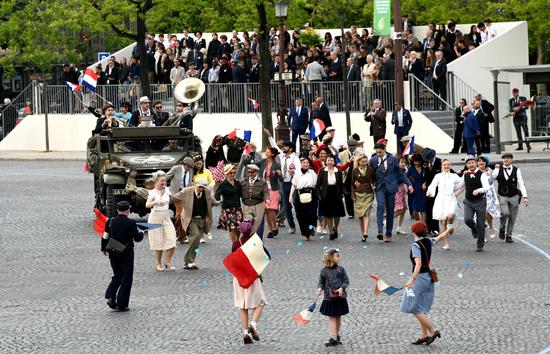
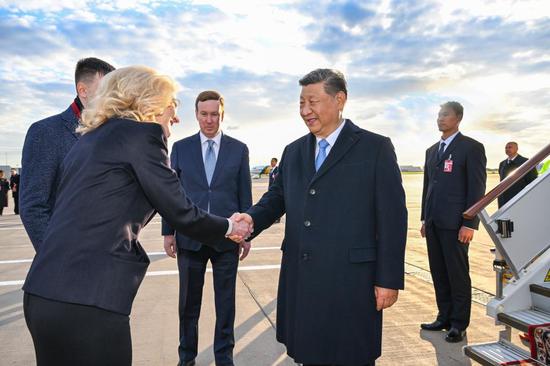

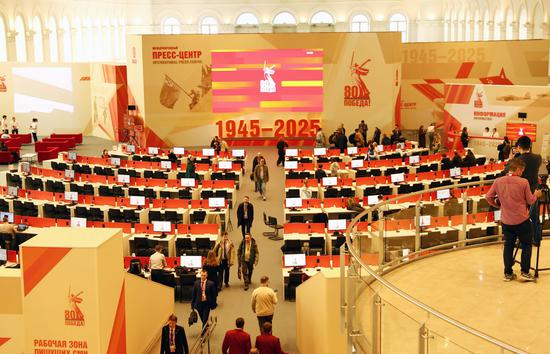



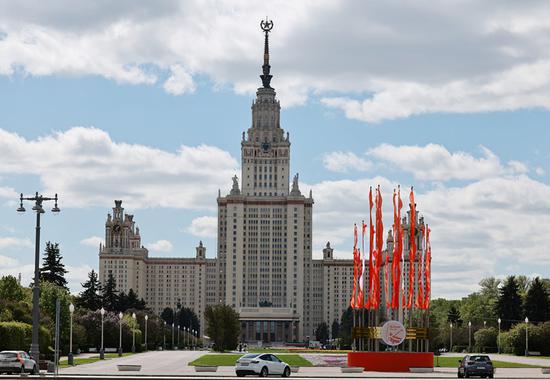
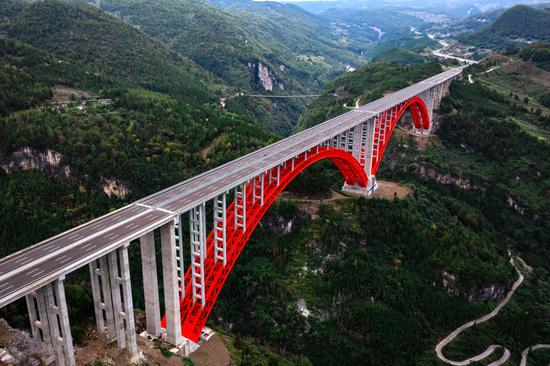

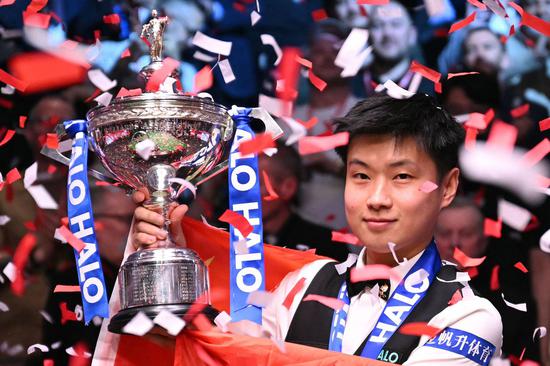
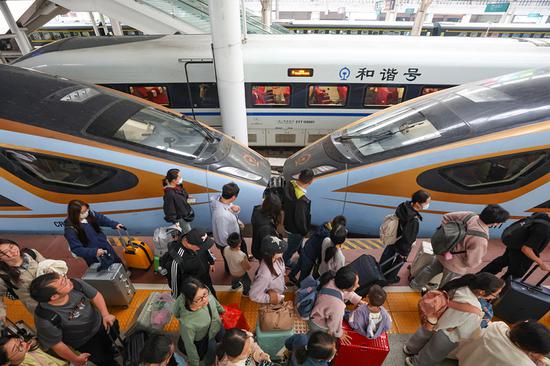
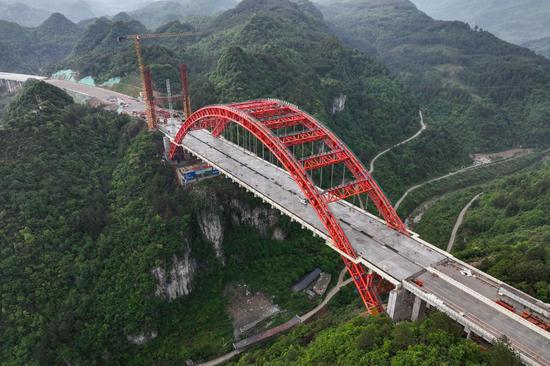
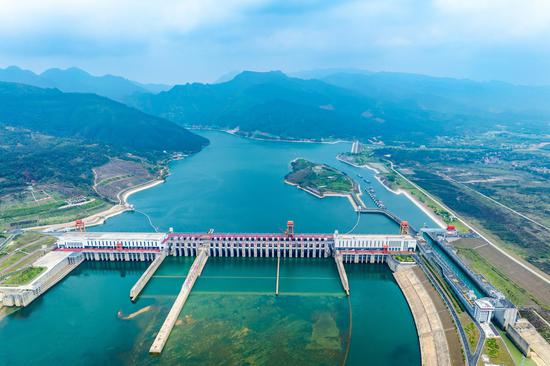

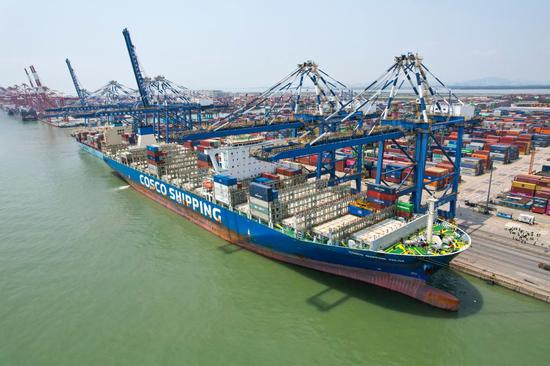
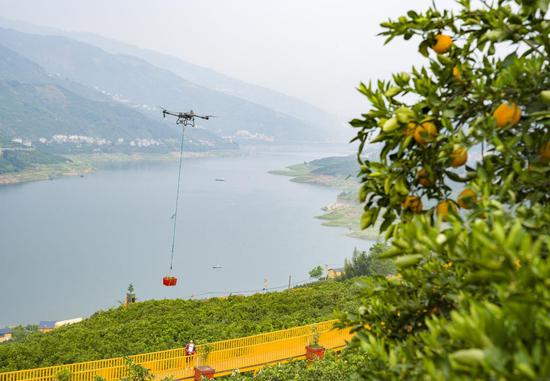
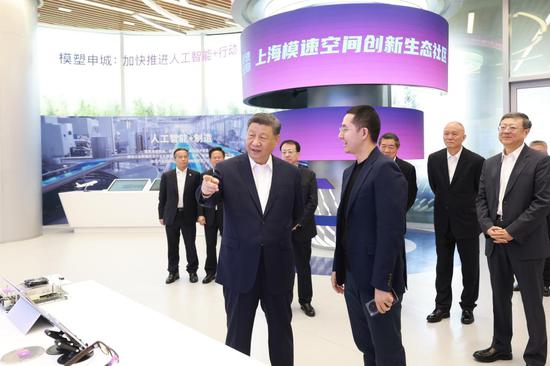

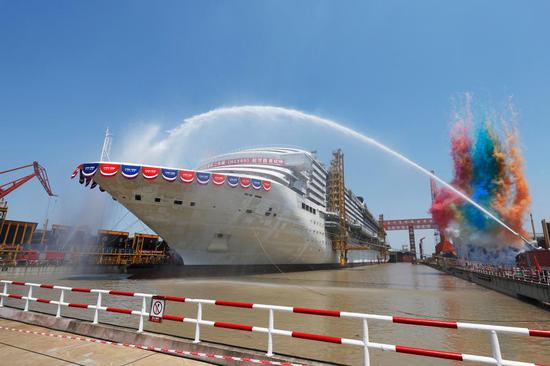
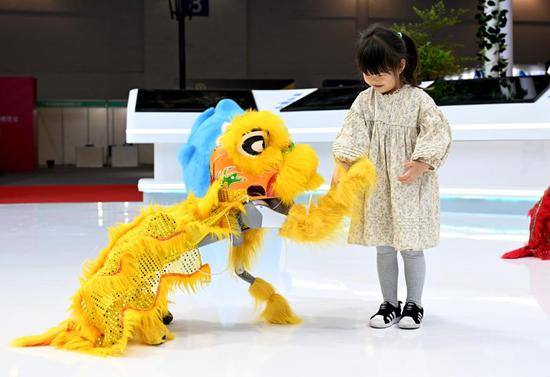

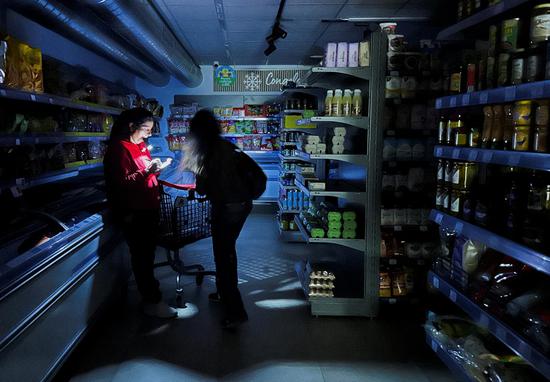



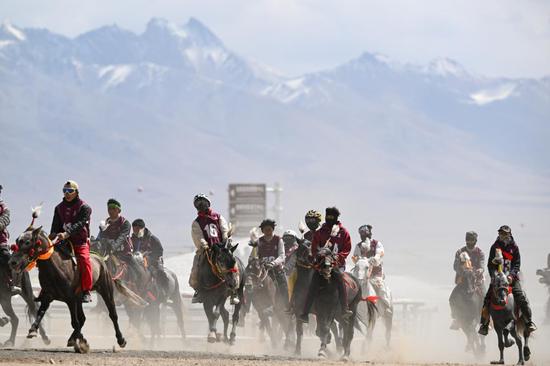
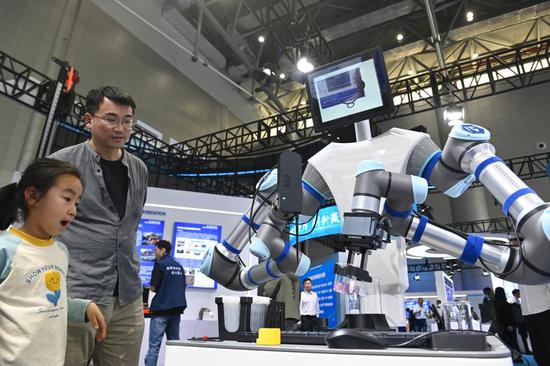
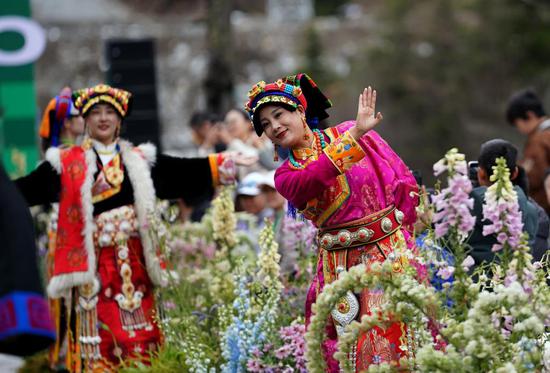

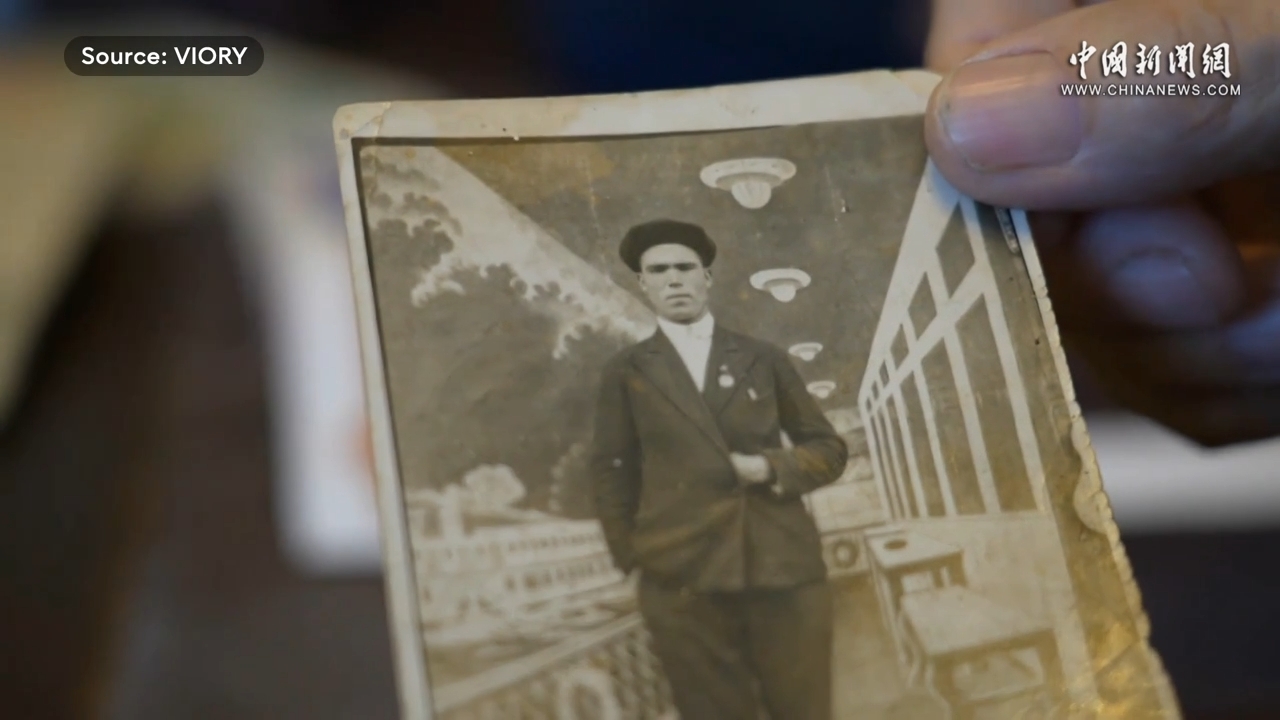



 京公網安備 11010202009201號
京公網安備 11010202009201號